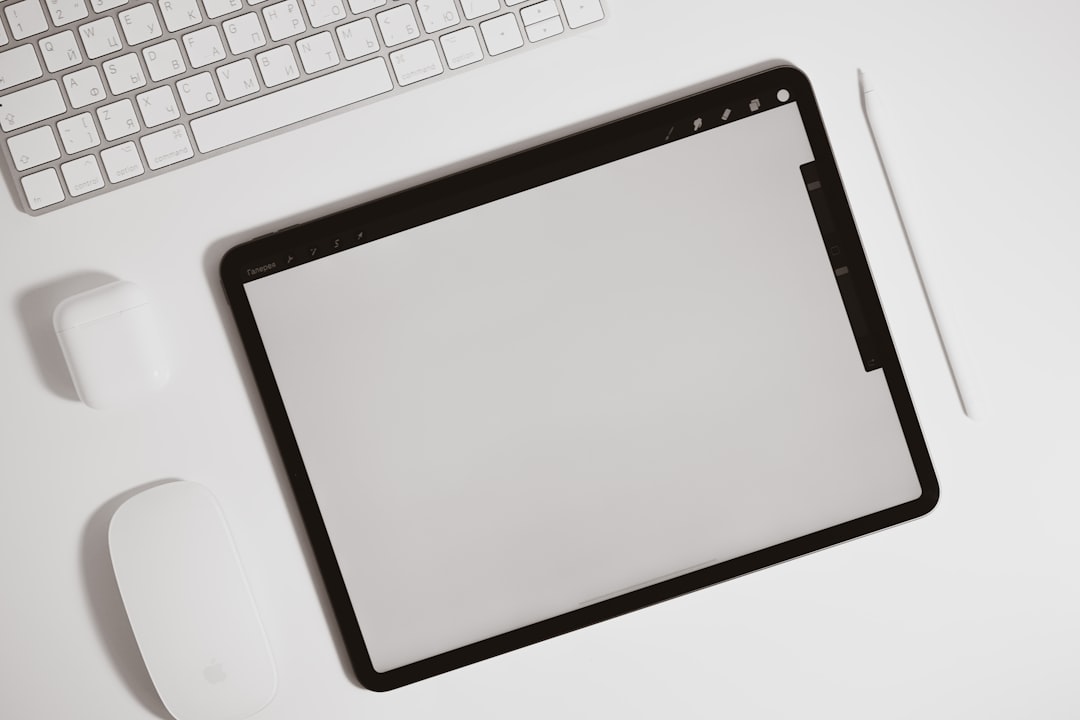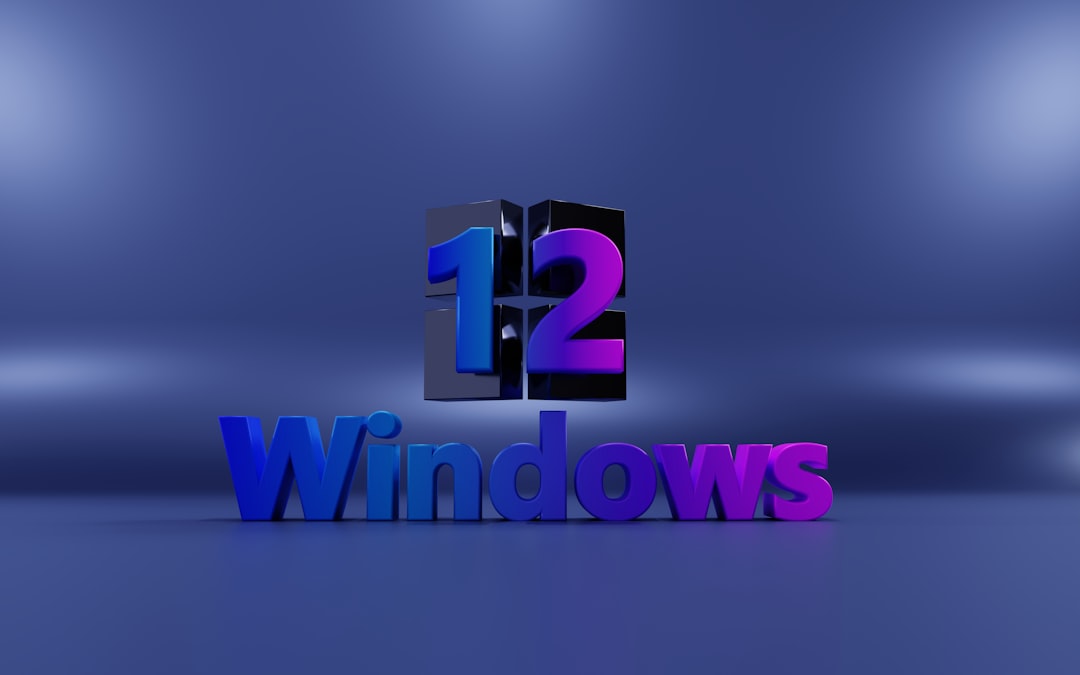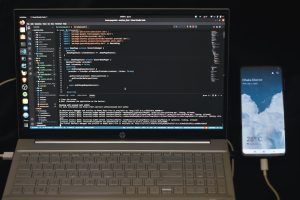
You finally clicked that tempting “Install Windows 11” button. Coffee in hand, you sat back expecting a smooth upgrade. But then — boom. An error message: “Windows 11 installation has failed.”
No need to panic. You’re not alone, and we’re here to walk you through this bumpy tech road. Let’s fix that installation hiccup, step by step!
Why does this even happen?
There are a few reasons Windows 11 might throw a fit mid-installation. Here are the most common culprits:
- Your PC doesn’t meet all the system requirements (Yes, that pesky TPM thing).
- Corrupt system files.
- Not enough free disk space.
- Conflicting drivers or old software.
- Hardware compatibility issues.
Don’t worry — each of these has a solution. Let’s conquer them one by one!
1. Check System Requirements
First things first — is your computer even eligible for Windows 11?
Microsoft is picky, and Windows 11 has some strict requirements:
- TPM 2.0 enabled
- Secure Boot turned on
- At least 64 GB of storage
- 4 GB RAM or more
- A compatible processor
To check quickly, download the free PC Health Check tool from Microsoft. It will tell you if your device plays nicely with Windows 11.

2. Free Up Some Space
Windows needs space to breathe. If your drive is nearly full, the installation can’t go forward. Clean up some clutter:
- Empty your Recycle Bin
- Uninstall apps you never use
- Move large files like videos and photos to an external drive or cloud storage
- Run Disk Cleanup to get rid of temp files
Once you’ve cleared up at least 20 GB, try the installation again.
3. Turn Off External Devices
Believe it or not, that USB drive or old printer could be messing with your installation. Unplug everything that’s not essential — especially external hard drives, game controllers, and webcams.
4. Run Windows Update
Before you upgrade, make sure your current version of Windows is fully updated:
- Go to Settings > Update & Security
- Click Check for Updates
Let Windows work its magic. Once it’s updated, give the installation another try.
5. Use the Installation Assistant
If you’re upgrading manually, Microsoft’s Installation Assistant can make life easier. Download it from their official site and run it. It guides you through the upgrade step by step — like a friendly robot that wants your PC to thrive.

6. Disable Antivirus (Temporarily!)
Yes, your antivirus program is trying to help — but sometimes it gets a little too protective. Temporarily disabling it during installation might help things go smoothly.
Don’t forget to turn it back on afterward!
7. Try a Clean Install
If all else fails, start fresh. A clean install of Windows 11 can give your computer a new lease on life.
This step erases everything on your drive, so back up your data first!
- Create a USB installer using the Media Creation Tool
- Boot from the USB
- Follow the on-screen instructions to install Windows 11
Clean installs are like spring cleaning, but for your PC. It’ll thank you later.
Bonus Tip: Check the Error Code
If you get an error code, jot it down. Something like 0x8007042B or 0xC1900101. Google it or visit Microsoft’s support site. These codes offer clues to the exact problem.
Ready to Try Again?
Take a deep breath. With these simple fixes, you’re well on your way to enjoying Windows 11. It’s sleek, fast, and full of helpful features.
If it doesn’t work right away, don’t sweat it. Just follow the steps above until it clicks.
Now go — give that installation button another try! 🔧🎉






